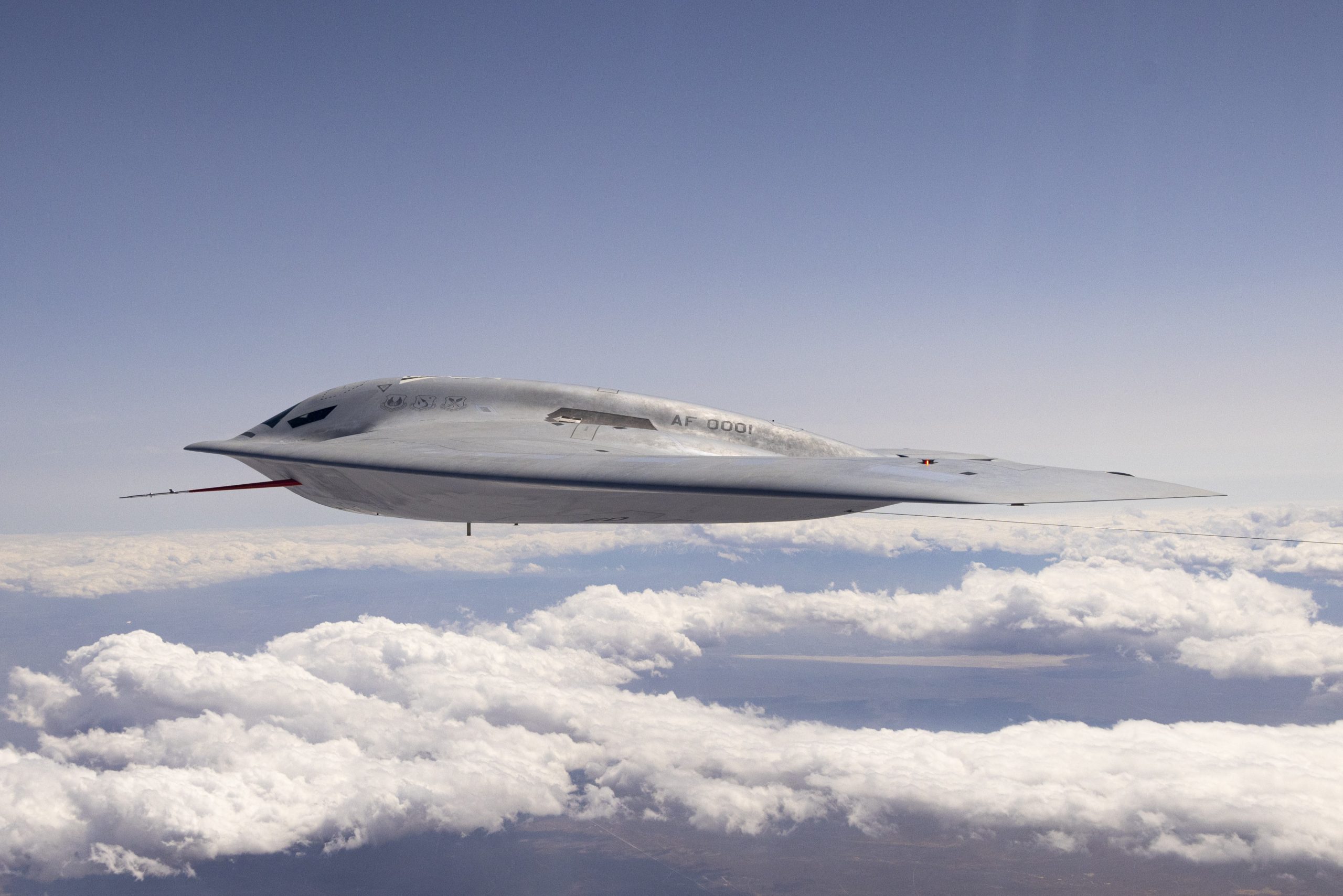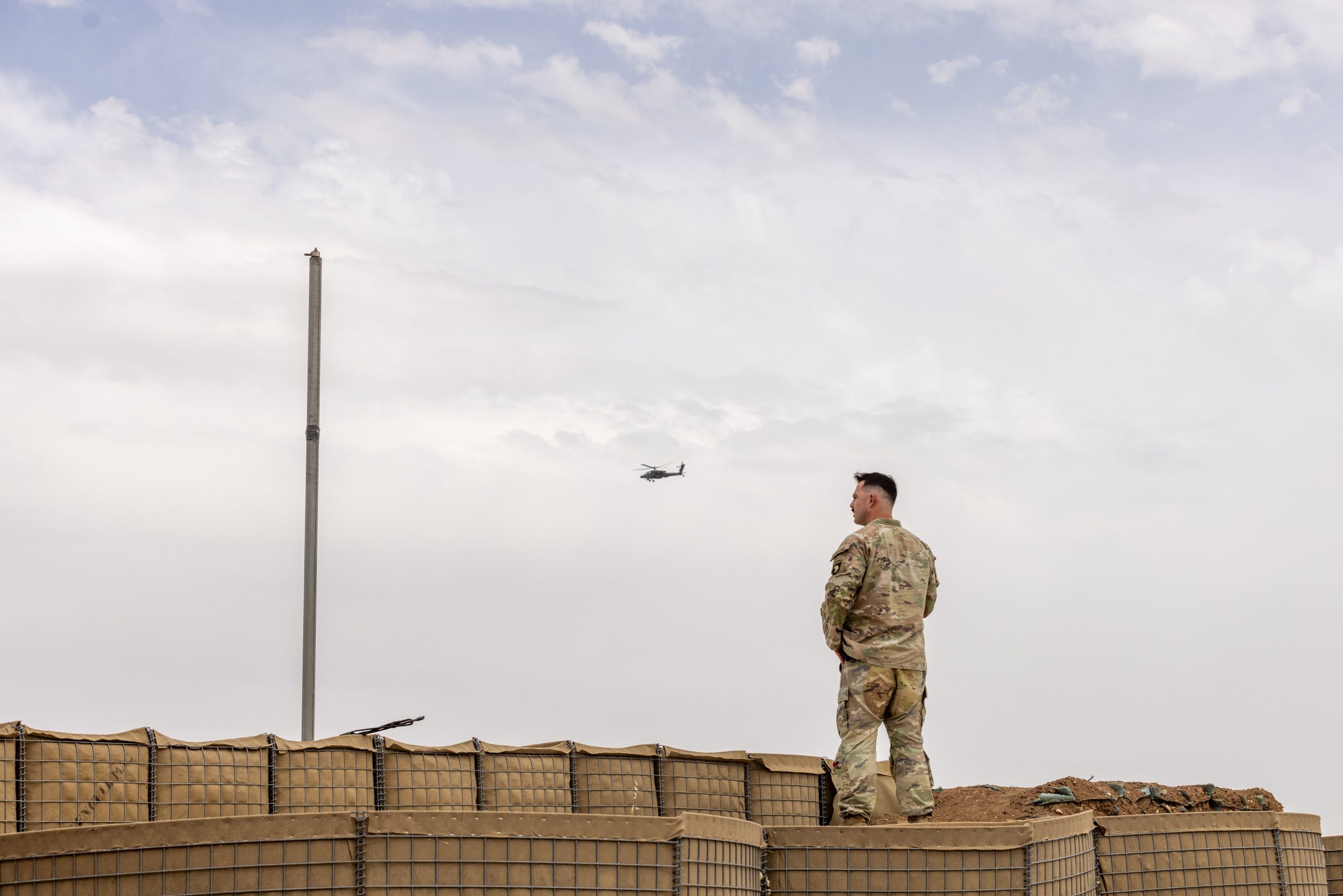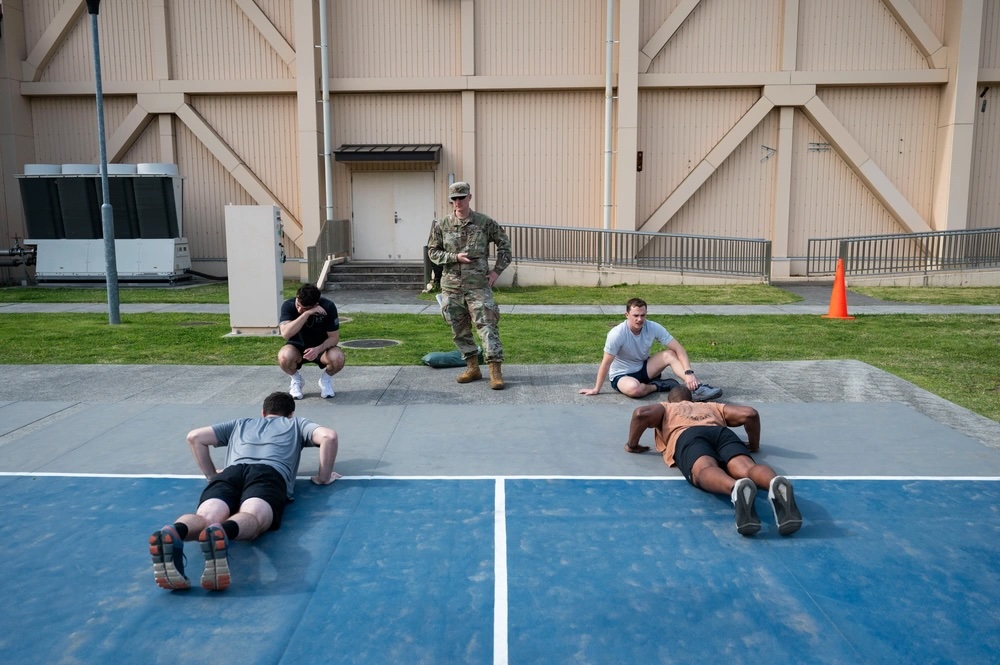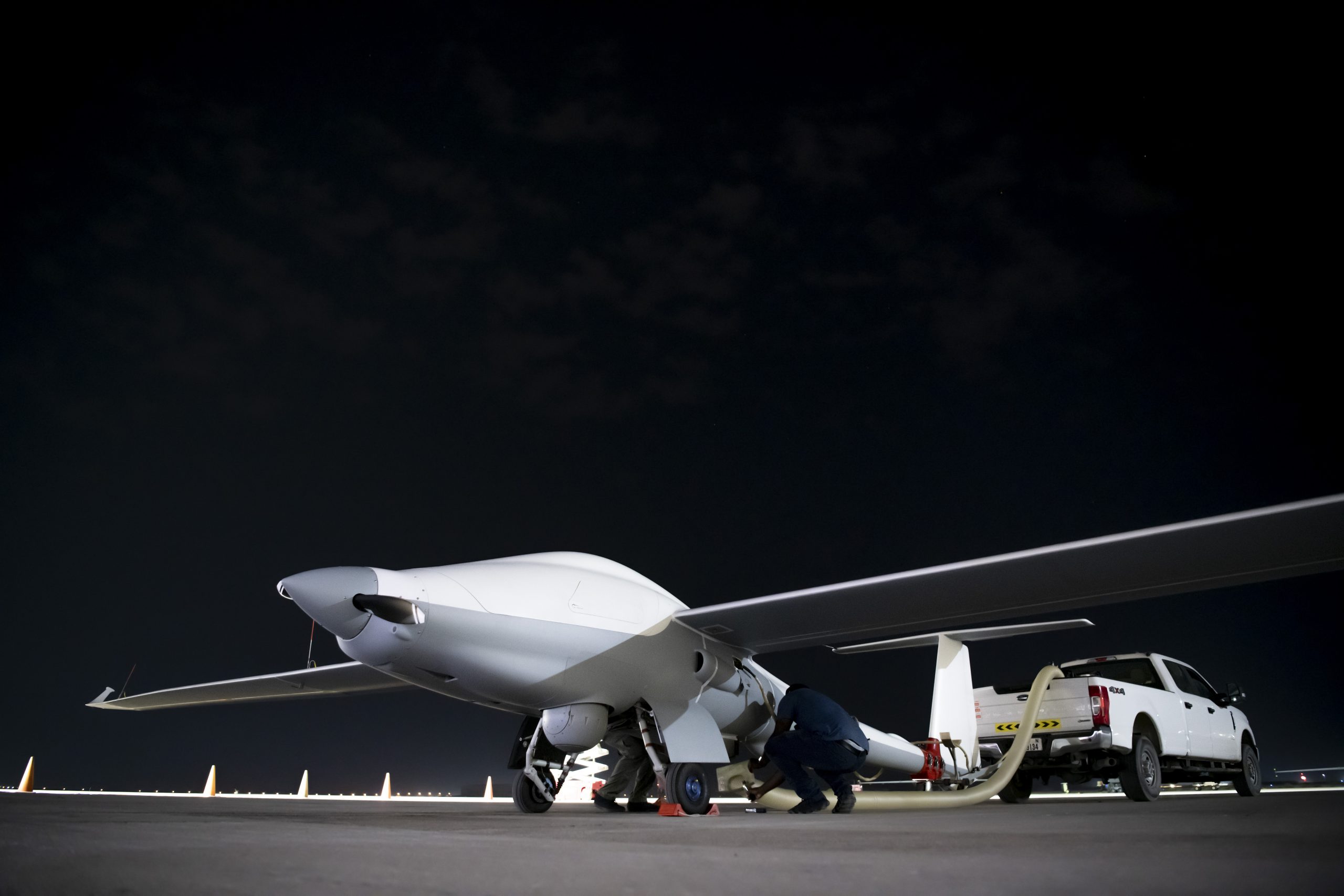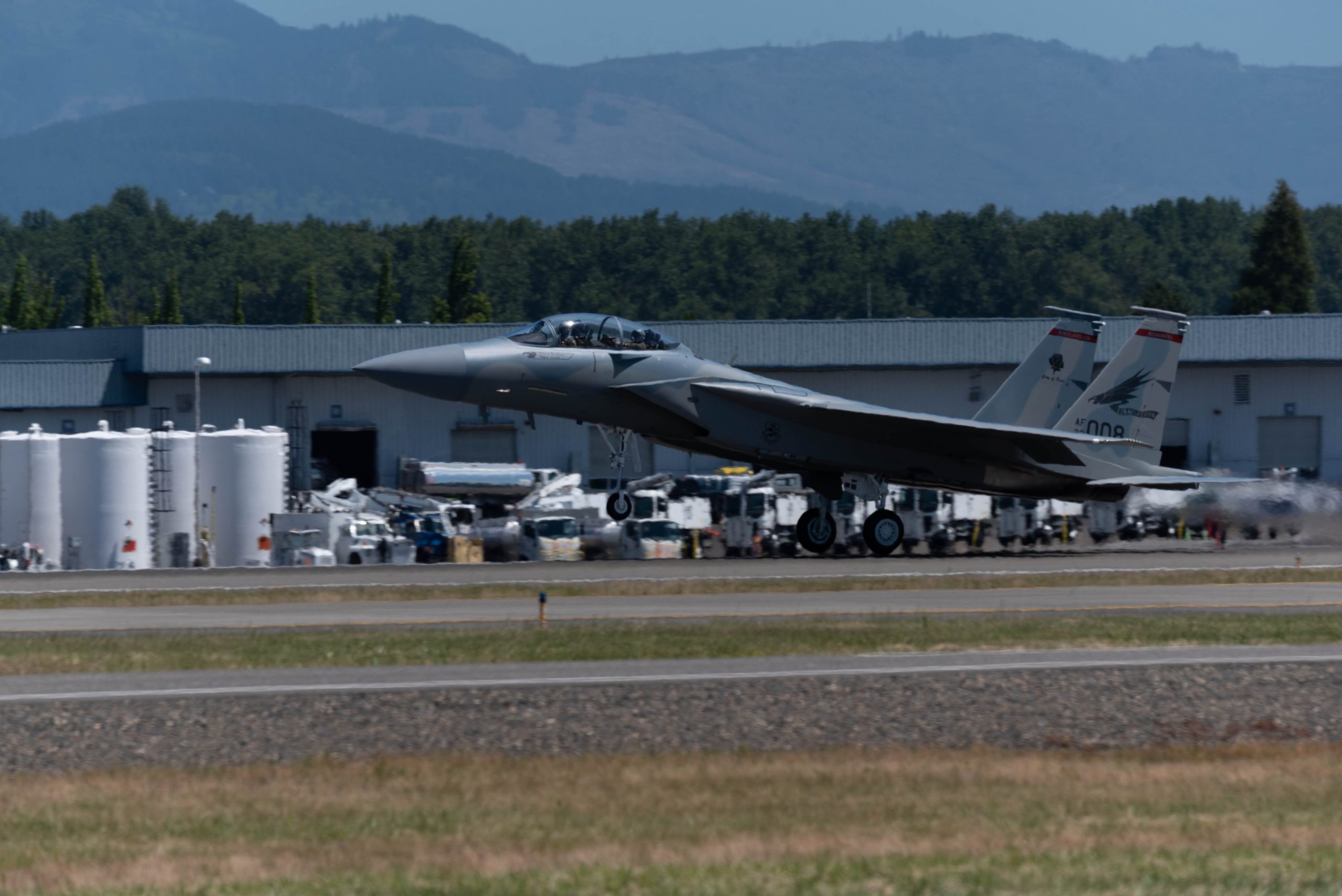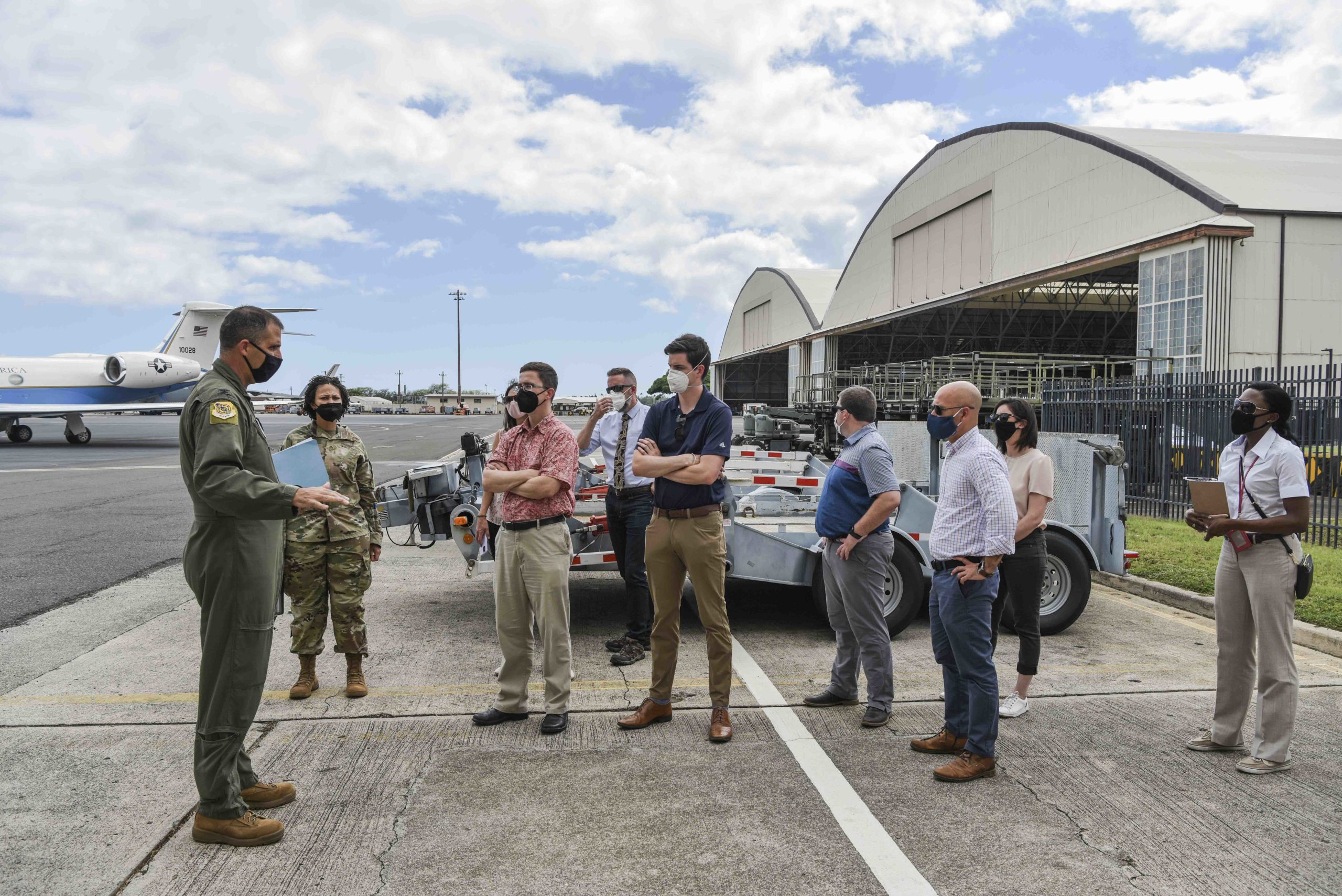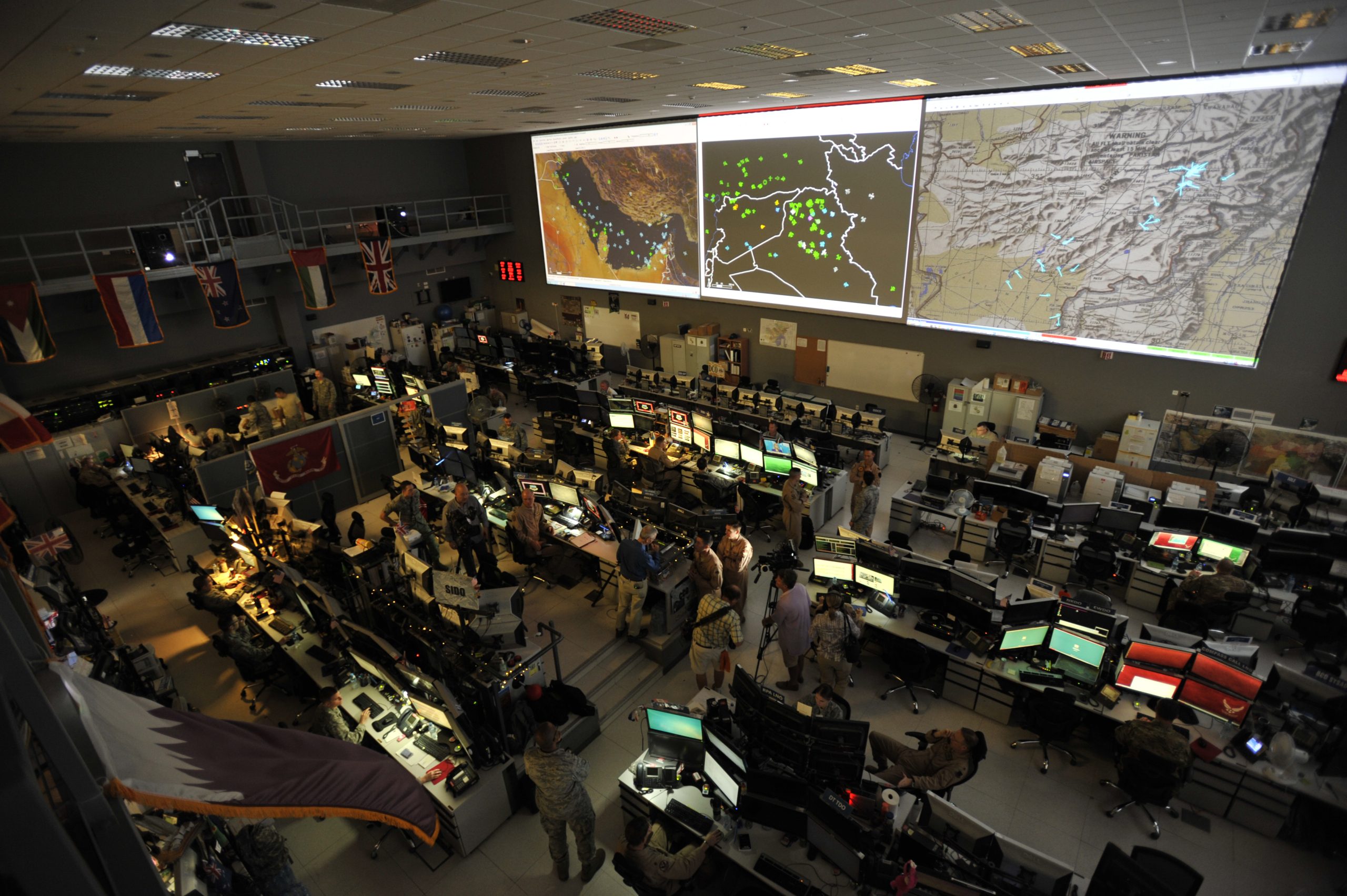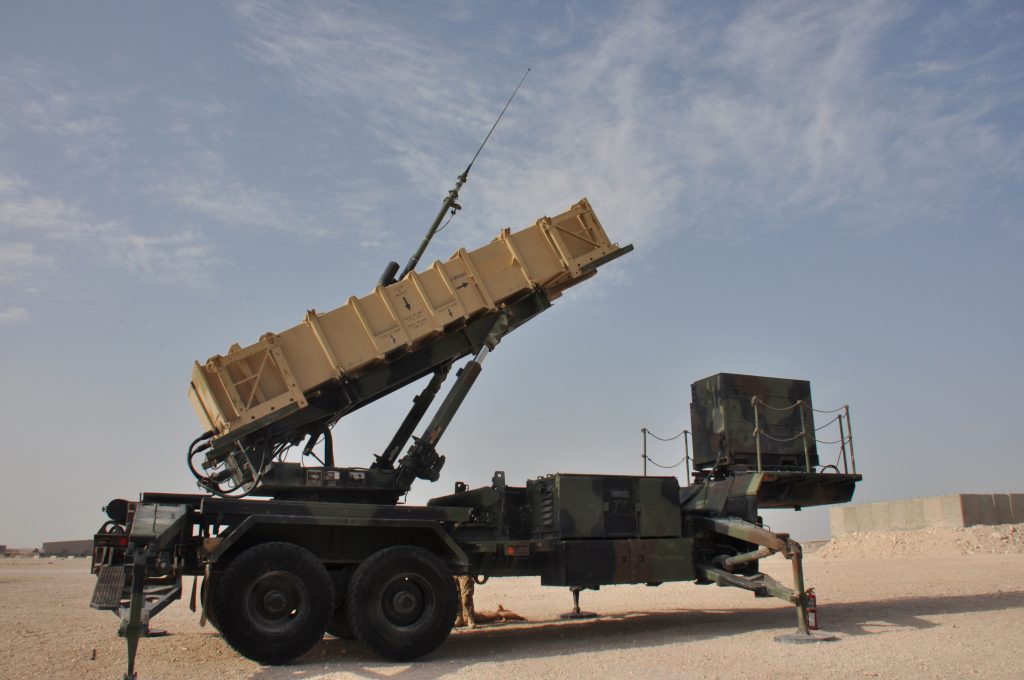The Pentagon can get the weapons production surge capacity it wants, but it has to be willing to pay companies to create it, according to a top executive with Northrop Grumman, which builds the B-21 bomber.
Tom Jones, Northrop Grumman’s corporate vice president and president of the company’s aeronautics sector, said the Pentagon has to make any surge capacity requirement an allowable cost on contracts. Lacking that compensation, it would be hard to justify, he said June 24 at a Center for a New American Security panel on the future of the defense industrial base.
“The fastest way” to add surge capacity—whether for munitions, aircraft, or other items—“would be to have spare factory space sitting around that you could go into and utilize,” he said.
But “the way the system is set up right now, none of that is allowable cost. So, for a contractor to build a spare building on speculation that someday it might be needed, it actually ties up a bunch of cash [and] you aren’t actually able to recoup the cost of that.
The question is not academic—funds to surge production are being debated in the reconciliation bill before Congress, which would add $4.5 billion to the B-21 program for what lawmakers called “expansion of the production capacity” of the aircraft, “including tooling and expansion of the supplier base.” While lawmakers want the funds to go toward “the purchase of aircraft only available through the expansion of production capacity,” they did not specifically calling for an increase in planned B-21 production.
Northrop Grumman CEO Kathy Warden, in an April 22 call with reporters, said the company took a charge of $477 million in the first quarter, part of which was to set up accelerated B-21 production. The changes to the manufacturing process, she said, “positions us to ramp to the quantities needed in full-rate production” and “ramp beyond the quantities in the program of record.”
The Air Force hasn’t revealed what the maximum rate of B-21 production will be, but former Pentagon acquisition and sustainment chief William LaPlante has said the program was deliberately set up with a very low production rate to protect it from budget cuts. Sources have said the rate is likely to be about seven aircraft a year. By contrast, the B-2 production line was set up to build 132 airplanes at about 20 aircraft per year.
“It really comes down to, in the case of aircraft … it’s the factories, it’s floor space, it’s tooling. Once you get that running—and your supply chain—I think you have a lot of ability to look at how you can scale, ramp production surge,” Jones said.
“So I think number one, we need to look at how we can get the allowability of surge capacity in there,” Jones said. He also said he’s “bullish on advanced manufacturing techniques” and “determinate manufacturing.”
Determinate manufacturing refers to designing parts with such precision that they go together without the need for a lot of tooling or adjustment on the assembly line.
“You’re not going to get completely away from tooling, but anything that can reduce the amount of tooling, again, goes into reducing the lead time that you need to set things up,” Jones said.
Another way to defray the cost of having greater production capacity is to use the additional space “to do prototype manufacturing so that the factory is basically full, maybe not with the end product, [but] where you had a factory that was generating revenue.”
Jones also said new programs need to incorporate surge into their thinking about parts.
“Think about how we deal with diminished manufacturing sources, or DMS. There’s a cost trade there that says, ‘if I’m towards the back end of my production, I’m probably just going to make a lifetime buy’” of parts. But if more are needed later, “you have to [do]…redesigns around that. So maybe making more conscious decisions as we’re in production … to make sure that if we ever need to step on the gas, we don’t have a 12-month or 18-month redesign cycle in there, because we bought enough for 100 and now suddenly there’s a need for 150 and we don’t have enough parts.”
He also said industry is getting good at training unskilled workers to perform very complex assembly line tasks, which he said has been done “pretty successfully on the B-21 program,” and this can also help accelerate or surge production on programs.
Workers can make “a phenomenal living in the trades, in the right neighborhood,” he said.
“I like to say the B-21 is put together by bartenders, babysitters, and baristas,” he added. “Why do I say that? Because when I go out and walk the floor and I talk to people out there, I go, ‘what was the last job you had before you came here?’ And those are the answers I get; ‘I was a server at TGI Fridays.’ Right now they’re putting together the most sophisticated aircraft in history of the world, right? And doing a hell of a good job at it.”
Industry now knows “how to take those people in, how to train them, how to give them skills, how to put the infrastructure and make sure the quality is there, and you can have a lifetime career.” So as far as surge production, “I think that we can get there again. It gets back to, you need a clear sign that we’re doing this. You need to budget like we’re going to do it, and we need to have constancy in that demand.”
